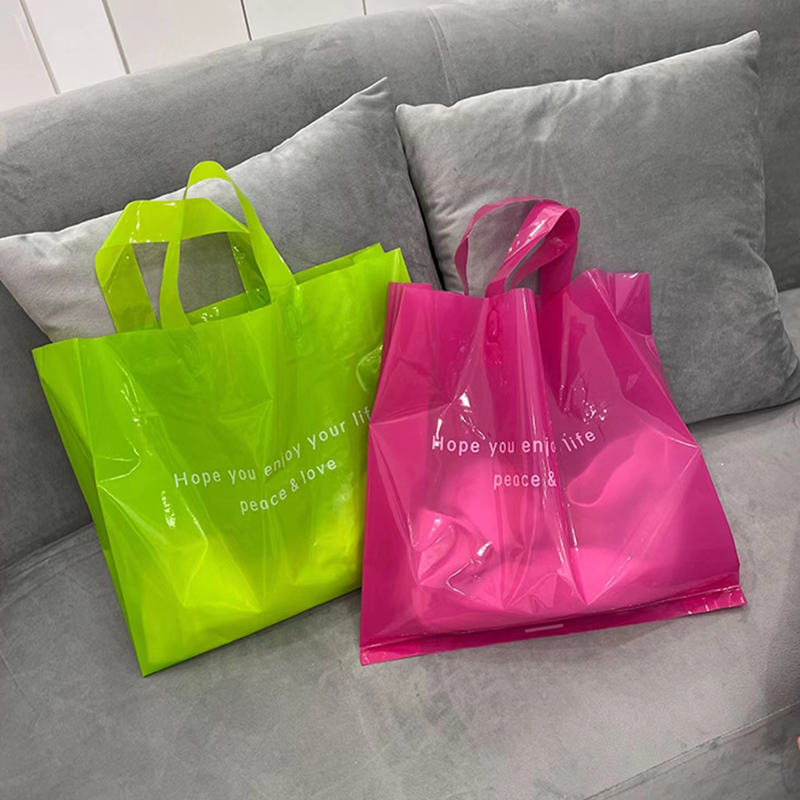Smart Alternatives to Cheap Vacuum Bags – Protect Frozen Meats Better
Why Cheap Vacuum Bags Fall Short for Frozen Meat Protection
For businesses sourcing packaging materials, relying on low-cost vacuum bags often leads to hidden operational challenges. Thin materials and inconsistent seals in substandard bags risk freezer burn, moisture leakage, and product degradation during long-term storage or transportation. Compromised barriers allow oxygen exposure, accelerating oxidation and shortening the shelf life of frozen proteins—a critical concern for distributors managing large inventories. Bulk buyers require solutions that maintain product integrity across global supply chains while minimizing costly recalls or customer complaints.
Key Features to Look for in Industrial-Grade Vacuum Packaging
Superior frozen meat protection demands multi-layer composite materials with puncture-resistant exteriors and FDA-compliant inner layers. Advanced heat-seal technology ensures airtight closures that withstand temperature fluctuations from -40°F to 120°F. Optimal thickness measurements balance durability with storage efficiency, allowing compact stacking without compromising barrier properties. Packaging engineers should prioritize materials with anti-fog coatings to maintain product visibility and tamper-evident features for quality assurance audits.
Balancing Cost Efficiency with Long-Term Value
While upfront pricing remains a consideration for procurement teams, smart packaging investments reduce total cost of ownership. High-performance bags minimize meat shrinkage by preventing dehydration, directly impacting profit margins for bulk processors. Streamlined packaging operations see measurable ROI through reduced repackaging labor and fewer damaged goods during transit. Customizable sizing options eliminate material waste while accommodating diverse product dimensions, particularly valuable for operations handling mixed SKUs or seasonal inventory variations.
Enhancing Supply Chain Sustainability
Modern procurement strategies increasingly prioritize eco-conscious materials without sacrificing functionality. Look for vacuum solutions incorporating post-consumer recycled content or plant-based polymers that meet compostability standards. Reusable closure systems and right-sized packaging designs align with corporate ESG goals by reducing plastic waste. Forward-thinking suppliers now offer carbon-neutral shipping options for bulk orders, helping distributors meet Scope 3 emissions targets while maintaining frozen product quality.
Implementing Risk Mitigation Strategies
Reliable vacuum packaging serves as the first line of defense against supply chain disruptions. Temperature-tolerant materials prevent brittleness in deep-freeze environments, while UV-resistant barriers protect against light damage during outdoor logistics. Partnering with ISO-certified manufacturers ensures batch consistency and compliance with international food safety regulations. Smart buyers maintain contingency inventories through vendor-managed programs, safeguarding against raw material shortages or unexpected demand spikes.
Optimizing Packaging for Automated Production Lines
As food processors adopt Industry 4.0 technologies, vacuum bags must meet precise mechanical specifications. High-speed filling systems require materials with consistent friction coefficients to prevent jams. Anti-static treatments eliminate particulate contamination risks in cleanroom environments. Thermal-stable films maintain seal integrity during rapid cryogenic freezing processes. Collaborating with packaging engineers during equipment upgrades ensures compatibility with existing automation infrastructure while future-proofing for emerging technologies.





 Hot News
Hot News
